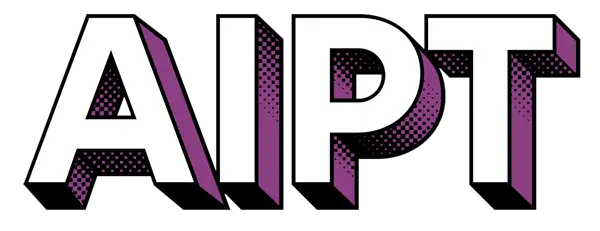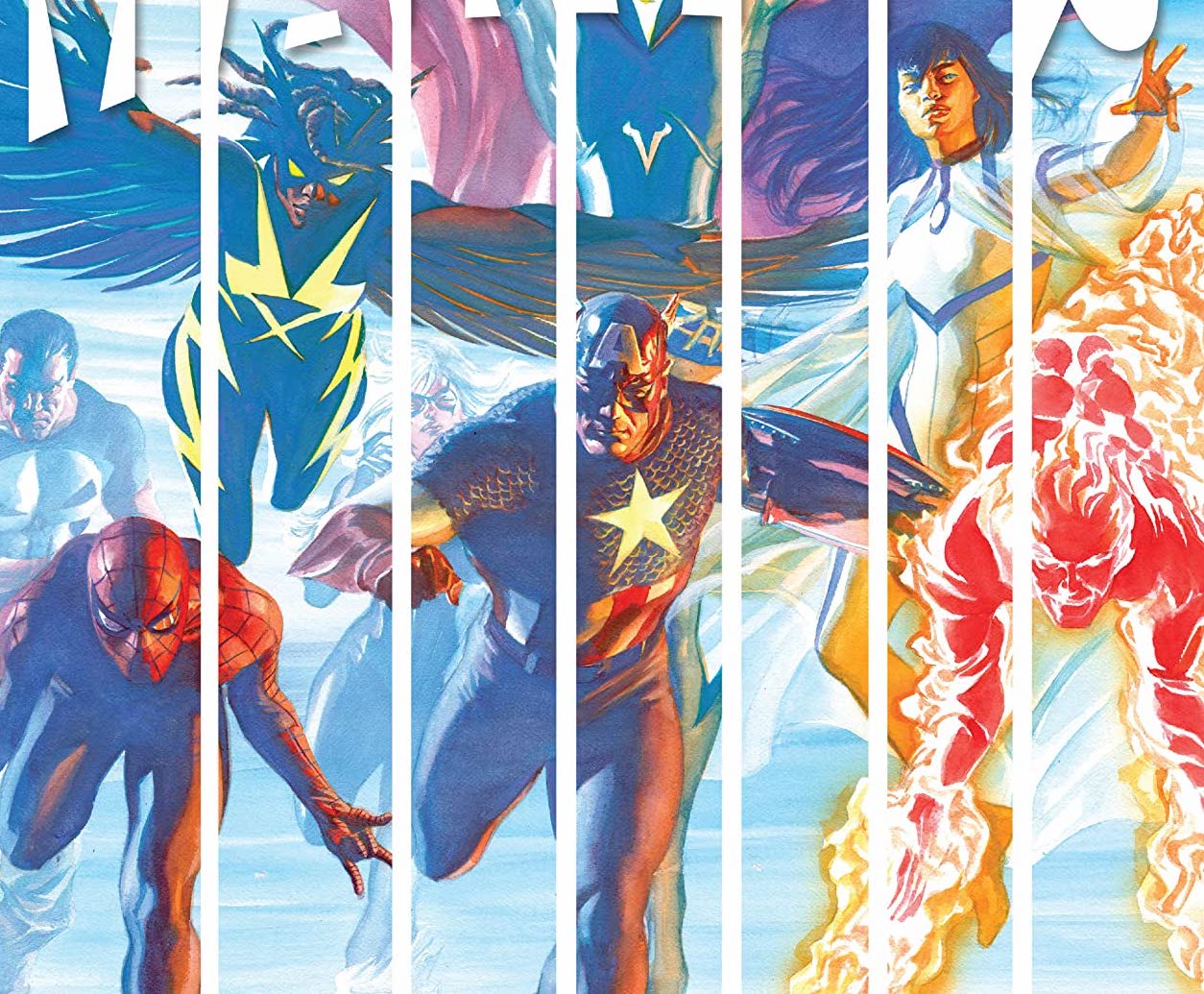Way, way back in 1994, Kurt Busiek and Alex Ross unleashed Marvels on the comics-reading public. Beautiful, elegant, and medium-defining, that book provided a civilian view of the Marvel Universe, seemingly striking back at the deconstructionist comics of the era with a genuine sense of wonder and awe. It’s a book that made even the most jaded, “superheroes are ironic” readers of the era feel a bit of the childlike magic comics inspired in their youth, and it did so in such a novel way: it neatly removed the superhero perspective.
The Marvels is a sort of spiritual successor, looking to engage both the Marvel history and the wider mythology as deeply as Marvels did. And, once again, it provides the reader with a pedestrian central character in Kevin Schumer, a young man tangentially connected to the super-world (he is the Tinkerer’s nephew) but ultimately an average Joe. With 80 years of Spider-Man comics where Peter Parker is our ‘everyman’, this pedestrian angle is a borderline genius way of re-contextualizing the universe.

Marvel Comics
Kevin finds himself drawn into the madness of a global superhero event, and his basic humanity—and his fanboy nature—leaves him jarred not only by meeting major heroes like Captain America, Spider-Man, and Black Cat, but by the almost jocular ease with which they deal with horrendous, nightmare scenarios.
More important than Kevin, however, is the wide net Busiek and artist Yildiray Cinar cast over the universe, looking back at major hallmarks and forgotten characters that span decades of comics history to tell a modern-day story.

Marvel Comics
The most visible tell of this history is the inclusion of Aarkus, the Golden Age Vision, as a primary character (though this Vision barely appears in The War in Siancong). Most interesting is the narrative’s focus on the titular, fictional Southeast Asian country Siancong, which debuted in the comics as Sin-Cong way back in 1968.
This inclusion—and borderline reimagining—does several things: it provides us with a new landscape for Kevin and his crew of Marvel her1oes (new and old), and it provides a sort of loophole for the sliding-timeline aspect of the Marvel Universe, which has echoes of the Vietnam Conflict knitted into its very DNA. Siancong—with its own historic anti-communistic, world-power influenced conflict—might provide a less horrific, real-world reference point to things like the Punisher’s origin, student protesters in old Spidey stories, etc.

Marvel Comics
The six issues collected in The War in Siancong focus on the gathering of our primary crew—Kevin’s super-powered playgroup—by jumping to various points throughout time, whether that be back to a pre-cosmic rays Reed Richards and Ben Grimm or forward to just slightly before our current story. While it does so, it begins to create the long-brewing political climate in Siancong, as well as bolster up Bronze Age villain Lady Lotus to serve as our primary Big Bad of the series.

While the non-linear storytelling isn’t too terribly hard to follow, it does leave the reader wondering exactly which bits are pertinent to any given issue, and there are sometimes scenes that feel more intent on assuring the reader that this is a big deal rather than providing anything substantial to back that assertion up, but overall this first volume of The Marvels hints at something incredibly satisfying—even if it doesn’t end up being as world-changing as its predecessor.
Join the AIPT Patreon
Want to take our relationship to the next level? Become a patron today to gain access to exclusive perks, such as:
- ❌ Remove all ads on the website
- 💬 Join our Discord community, where we chat about the latest news and releases from everything we cover on AIPT
- 📗 Access to our monthly book club
- 📦 Get a physical trade paperback shipped to you every month
- 💥 And more!













You must be logged in to post a comment.